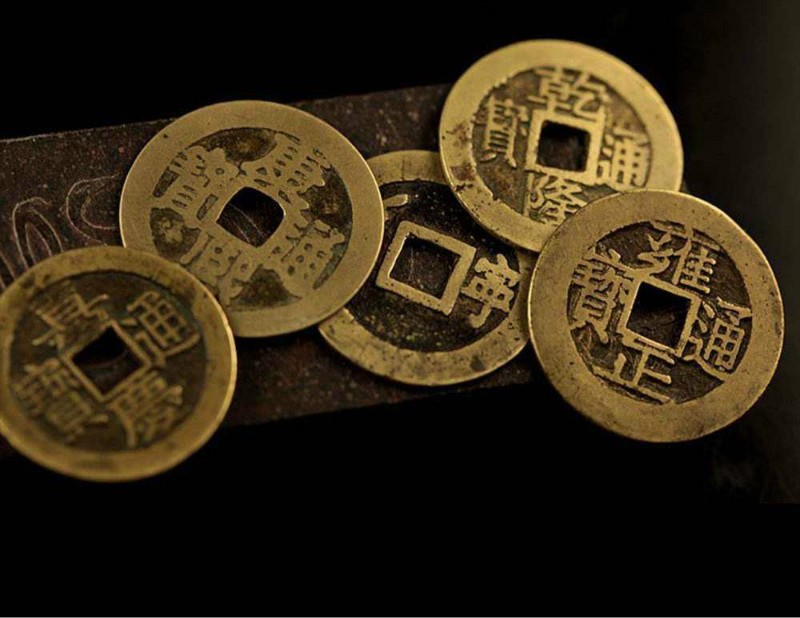In ancient China, COINS were the main form of money. These COINS can be made of copper, iron, lead, gold and silver and have different shapes, weights and markings. Different from servitude animals, textiles, shells and other equivalent objects, ancient COINS play an important role in archaeology, not only having reference value to judge cultural relics or the history of remains, but also being an important material to study ancient commercial and economic history. In the last stage of primitive society, the Chinese ancestors used shells as a medium of exchange and as a unit of trade settlement because of the difficulty in storing and dividing farm animals and grain. Metal COINS appeared at the end of the spring and autumn period (770-476 BC), and the history of Chinese paper money can be traced back to the northern song dynasty (960-1127 BC).
Shell Money
Because shell has small and exquisite appearance, bright color, solid texture, and the feature of easy to carry and count, shell is used as a kind of primitive money circulated at the end of the Neolithic Age. Shell money is a kind of commodity money lasting the longest time. The unit of shell money is ‘peng’ (朋 in Chinese, means friend), which originally means two clusters of shells. Generally speaking, one peng is made up by two clusters of 10 shells. At the end of the Shang Dynasty (1675 BC–1029 BC), due to the lack of shells in Northeast China, there were other forms of shell money which can be made of pottery, stone, bone, jade, copper and gold. However, the most common one is made from natural shells.
Copper Cash
Copper cash is the general terms of Chinese ancient currency made of copper which turned up in the Qin Dynasty (221 BC–206 BC), a dynasty leaving so many legacies to the Chinese people such as the Great Wall and the Terracotta Army. The copper coin is evolved from ‘huan cash’ (环钱, a kind of ancient copper coin with ring shape used in the Warring States Period which lasted from 475 BC to 221 BC). Generally speaking, most of the copper coins are round and there is a square hole in the center of the coin, hence there is another Chinese name called ‘fangkong cash’ (Fangkong, means square hole) and a nickname called ‘kongfang brother’. People can distinguish different kinds of copper coins by the letters marked on the coins. These letters always refer to the region title in different dynasties, such as ‘Qianlong Tongbao’ (乾隆通宝, Qianlong is one reign title lasting from 1736 to 1795, ‘Tongbao’ means the treasure in circulation) and ‘Yongzheng Tongbao’ (雍正通宝) in the Qing Dynasty (1616–1911).
The ancients believed that the sky was round and the earth was square, which is one of the reasons why copper COINS were round and had a square hole in the middle. In addition to the copper COINS, which are mostly round, there are other copper COINS: spade-shaped COINS and knife-shaped COINS from the spring and autumn period (770-476 BC), and circular COINS from the warring states period (475-221 BC). In addition, silver and gold ingots also circulated in ancient China, while the widespread use of silver COINS began at the end of the Ming dynasty (1368-1644).
Jiao Zi – the Earliest Paper Currency in the World
The earliest paper currency in the world was called Jiao Zi which appeared in the early North Song Dynasty (960–1127). Due to the great development on commodity economy, the increase of trade, and the high demand of currency, merchants need a kind of currency with convenience on carrying with, hence the paper money turned up. It was first issued in 1023 together by 16 merchant princes in Chengdu, Sichuan Province. This paper currency was a piece of paper printed with houses, trees, men and cipher.

Leave a Reply